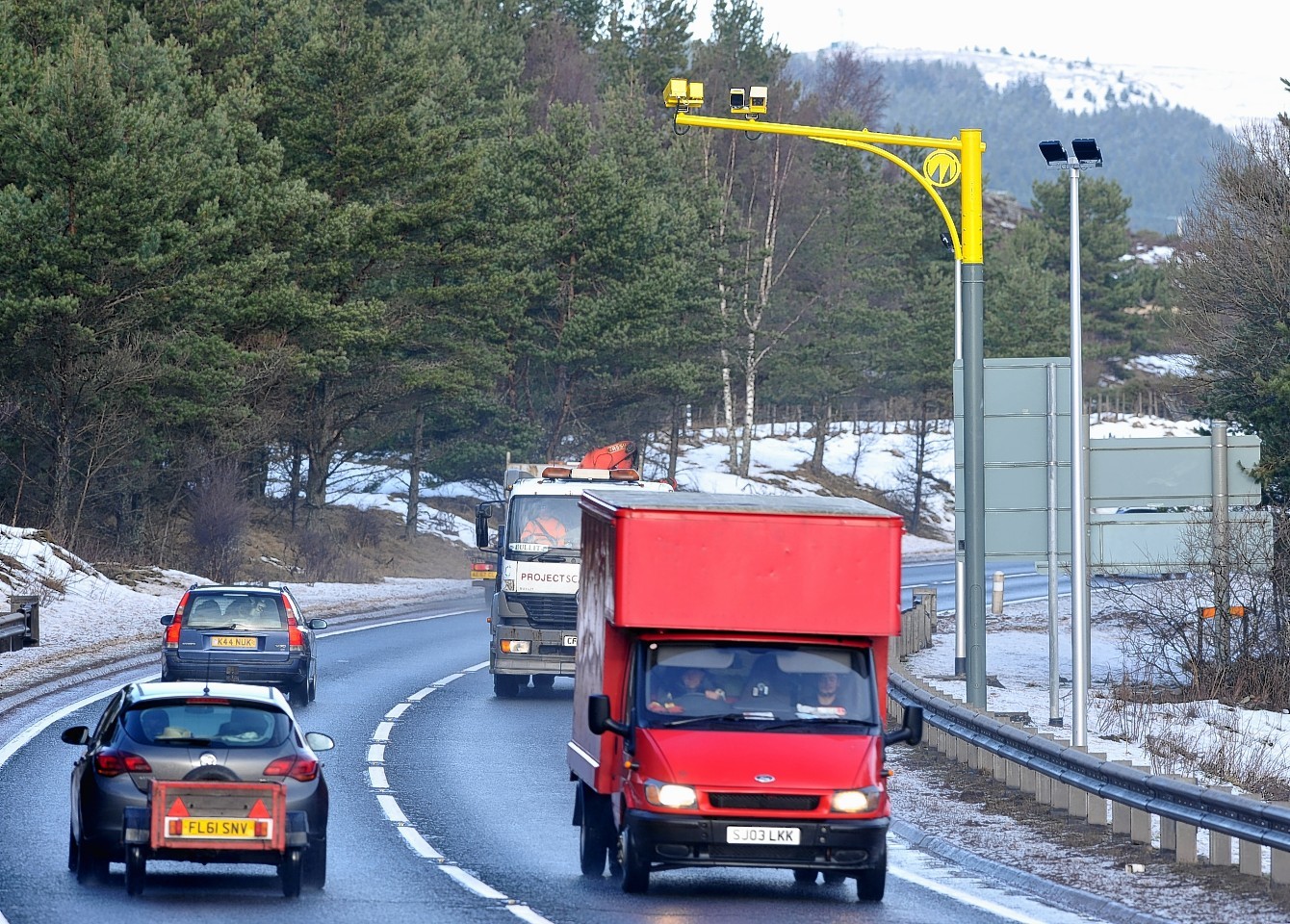The number of fatal accidents on the A9 between Perth and Inverness has increased by more than a third since average speed cameras were introduced.
Figures from the Scottish Government show that there were five fatal collisions in nine months of the cameras being in place – compared to a three-year average of 3.75 for the same period.
Anti-average speed camera campaigners have jumped on the figures, but the Scottish Government has insisted the statistics make an “overwhelmingly positive” case for the safety measures.
Transport Scotland pointed to the fact that there had been no fatalities in July, August or September – a first since 1992 – and that the number of people who had been killed or seriously injured between Dunblane and Inverness and Perth and Inverness had fallen by 48% and 38% respectively.
But Inverness-based Mike Burns of the “Average speed cameras are not the answer” campaign suggested the Scottish Government had been highly selective in its analysis.
He believes that highlighting figures for the entire A9 is misleading, given all the fatal collisions that came between Perth and Inverness.
He said: “My understanding is that if they’re comparing like for like there is a drop in fatalities. However, by law, they have to use the baseline figures – which are the previous three years. That’s where they’d have to admit a rise in fatalities.
“For a group so keen on average numbers, they have to accept that the averages are not looking good for them between Perth and Inverness, because they’ve done the same trick with headline figures and graphs with Dunblane to Inverness. If you strip out Dunblane-Perth you see a different story.
“The priority appears to be salvaging egos and political reputations, rather than presenting hard facts.”
An A9 Safety Group spokeswoman said: “These comments are quite simply misleading – the evidence from the A9 is overwhelmingly positive. Anyone with a genuine interest in safety on this important route and its role in supporting the economy would welcome these improvements.
“The pro-speed campaign argues for the right to break the law, ignores the realities, denies the published facts and contributes nothing to the evidence base or to the spread of accurate information to the public.”
